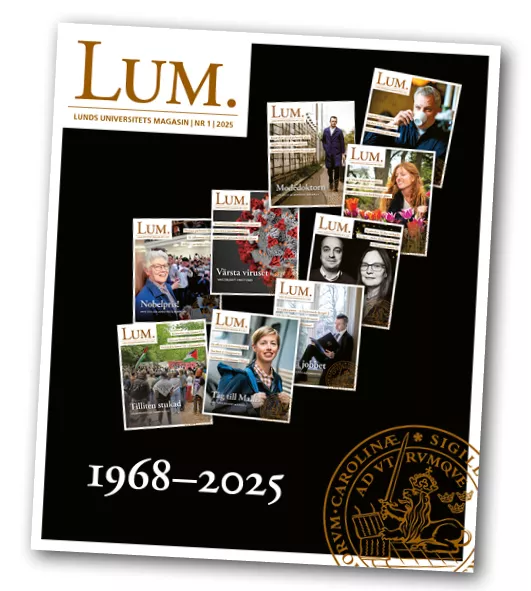In rich countries, GDP is the most common measure of a country’s wealth. For low-income countries, it is less appropriate as statistics are less reliable or because some kinds of wealth cannot be measured in terms of money. Instead, poverty is often measured in least developed countries by the use of interview surveys.
Reading wealth and development
These are conducted by large-scale organisations such as the World Bank or USAID, and are used as the basis for relief projects and to assess whether development is progressing or regressing in a given region. But interview methods are expensive and time-consuming.
“We, and many others, have started using satellite photos and AI in order to help find ways of more quickly and effectively reading a region’s or village’s wealth and development,” says human geographer Ola Hall, who is leading a research project that aims to refine the technology to make it more applicable.
Satellite pictures have been freely available since the 1990s when NASA decided to let researchers around the world make use of them. At the same time, there have been big advances in the use of artificial intelligence within image analysis.
“For those in the field of machine learning and image analysis, 2012 was a breakthrough year. That was when an AI method won a big and important competition within image analysis,” says computational biologist Mattias Olsson, who mainly researches AI in healthcare, but now also its application in development research.
"A blunt instrument"
For the last decade, researchers have used night-time satellite pictures to measure economic development. The difference between electrically illuminated wealthy countries and less illuminated darker low-income regions becomes clear from space.
“But using only night-time lighting is a blunt instrument in low-income parts of the world. These pictures don’t help us determine the degree of poverty,” says Ola Hall. “The results are noticeably better when combined with daytime pictures.”
A few years ago, Ola Hall and his colleagues were given money for a research project to improve methods for the analysis of satellite pictures of agricultural land in Africa.
“In the same way that AI can be programmed to handle digital face recognition, we are trying to develop algorithms that can analyse detailed satellite images of African agricultural landscapes,” says Ola Hall.
Ongoing study
In an ongoing study, some 100 African scientists and agricultural experts are examining pictures from villages in Tanzania and assessing the level of poverty. The same villages are also assessed using AI technology programmed using a large dataset of satellite images developed by researchers in Lund and Halmstad. Interview surveys carried out in the villages by the American aid agency USAID are used as reference material – or facts, if you like.
“While the results are only preliminary, we can already see that the AI assessment of the satellite images is much more accurate than those of the African experts. This is despite the fact that the experts have had access to higher quality pictures,” says Ola Hall, who is surprised that machine learning is as good and accurate as it is.
But there are other things puzzling the researchers. In particular, they find it difficult to explain what it is that AI is actually registering when it uses satellite images to assess the level of poverty in a given area. Is it the road network, the building material used for roofs, the density of housing, the colour of the soils, the number of vehicles, or is there something else that the AI encodes?
“We understand certain parameters, but there is a gap. If machine learning is to have application beyond our research, we need to get better at understanding and accounting for how the AI makes its assessments,” says Ola Hall, who believes that the next five years of research will be crucial as to whether AI and satellite images will ever become a useful tool for measuring poverty and well-being on a large scale.





